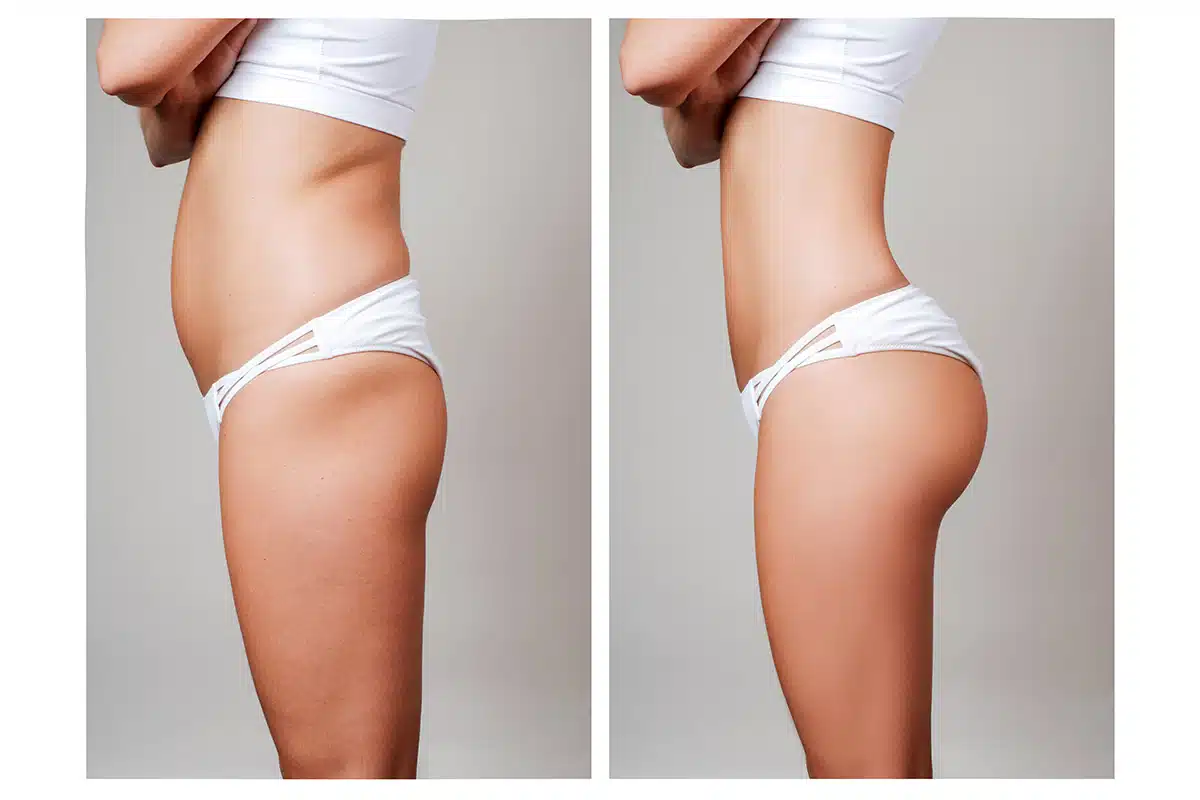
Cultural preferences for body shape have shifted dramatically, especially regarding how buttocks are perceived and desired. In earlier decades, flat and narrow silhouettes were widely idealized by fashion industries. Runway models of the 1990s emphasized slender frames with little curvature below the waist. These ideals left little space for fullness or muscular definition in lower body standards. That narrow preference began changing as media reflected more diverse body types and global beauty icons emerged. Music, television, and social platforms introduced broader hips and rounded figures as aspirational. These representations influenced not only trends, but also perceptions of health, femininity, and strength.
Celebrity influence has played a major role in elevating fuller buttocks as a modern beauty symbol
Celebrity influence has played a major role in elevating fuller buttocks as a modern beauty symbol. Figures in pop culture embraced curves not as flaws, but as centerpieces. Visibility of bodies once marginalized became powerful statements of identity and desirability. Music videos, red carpet styles, and fitness posts all highlighted lower body prominence. The exposure created conversations around body enhancement and acceptance simultaneously. For many, buttocks became an expressive and customizable aesthetic zone. Desire for volume, lift, and contour grew as celebrity procedures gained attention. The boundary between natural and augmented forms blurred, shifting focus to proportional balance over size.
Social media amplified trends and reshaped how everyday individuals viewed and pursued lower body enhancement
Social media amplified trends and reshaped how everyday individuals viewed and pursued lower body enhancement. Platforms like Instagram and TikTok turned glutes into focal points of visual content. Influencers shared fitness regimens, cosmetic journeys, and before-after comparisons daily. These posts normalized augmentation and set evolving expectations. Online filters and editing tools further shaped perception by enhancing silhouettes artificially. This digital influence built new aesthetics faster than traditional media ever had. Audiences began actively following shape-focused content for inspiration and self-comparison. In turn, interest in cosmetic options expanded across demographics once absent from surgical spaces.
Buttock augmentation has evolved from implants to fat transfer, reflecting desires for more natural proportions and movement
Buttock augmentation has evolved from implants to fat transfer, reflecting desires for more natural proportions and movement. Early procedures focused on static volume through silicone materials. While effective in projection, they often lacked soft contour and realistic feel. Surgeons began using liposuction to harvest fat for re-injection into gluteal areas. This method—often called Brazilian Butt Lift—reshaped multiple zones using the body’s own material. Patients preferred results that looked and moved organically with less foreign-body sensation. The dual benefit of contouring one area while enhancing another made the approach attractive. Today, autologous enhancement is widely considered the most harmonious method available.
Fitness culture also contributed to the popularity of toned, lifted glutes through strength training and resistance workouts
Fitness culture also contributed to the popularity of toned, lifted glutes through strength training and resistance workouts. Glute bridges, squats, and deadlifts became common goals rather than niche routines. Trainers emphasized form and activation to build shape from consistent motion. Online programs promised sculpted curves without invasive measures. Some participants turned to natural methods to avoid surgery altogether. Others combined training with non-surgical devices like EMS or injectable fillers. The ideal shifted slightly—from purely soft volume to athletic shape. Visual muscle definition joined the aesthetic conversation and diversified how beauty could be pursued.
Global beauty standards began reflecting regional and ethnic diversity in buttock size, shape, and projection preference
Global beauty standards began reflecting regional and ethnic diversity in buttock size, shape, and projection preference. Latin American, African, and Caribbean aesthetics long prioritized curvier silhouettes. These regional values now influence global culture through migration and media exchange. Beauty no longer follows a singular western standard of narrow frames. Instead, appreciation grows for how genetics shape unique gluteal forms. Cosmetic goals now incorporate identity, heritage, and personal style beyond uniform ideals. Clinics worldwide adjust offerings to match these preferences. Cultural authenticity increasingly drives patient requests over celebrity imitation. Individual resonance matters more than trend conformity.
Medical safety guidelines have evolved with demand, as early procedures lacked standardized techniques or risk awareness
Medical safety guidelines have evolved with demand, as early procedures lacked standardized techniques or risk awareness. As gluteal augmentation gained popularity, complications and mortality risks increased. In response, surgeons and boards created training protocols and safety positions. Fat injection planes shifted to reduce vascular complications. Equipment, anesthesia practices, and post-operative care saw improvements. These advances prioritized longevity and minimized trauma to the tissues. Patients also became more informed about facility accreditation and practitioner credentials. Today, qualified professionals follow strict volume limits and use imaging for safer outcomes. Industry evolution reflects both demand and responsibility in equal measure.
Buttock aesthetics now balance volume, symmetry, waist-to-hip ratio, and how each feature complements the whole frame
Buttock aesthetics now balance volume, symmetry, waist-to-hip ratio, and how each feature complements the whole frame. Size alone no longer defines beauty in isolation. People seek harmony between their torso, thighs, and gluteal region. Surgeons plan procedures that enhance natural lines instead of creating disconnected shapes. Patients ask for custom outcomes suited to their height, lifestyle, and posture. In this approach, proportion guides choices more than number-based measurements. The shift encourages body awareness instead of replication. Beauty is no longer about maximizing any single area—but aligning everything in a personally meaningful way.
Male interest in gluteal aesthetics has grown, expanding demand and reshaping marketing for all gender identities
Male interest in gluteal aesthetics has grown, expanding demand and reshaping marketing for all gender identities. Traditionally overlooked, the male buttock is now highlighted in fashion and fitness. Men pursue volume for athletic build or symmetry enhancement. Social acceptance of self-improvement reduced stigma around male procedures. Clinics report rising consultations for male-focused gluteal reshaping. Non-binary and transgender patients also seek gluteal definition during gender-affirming journeys. The aesthetic becomes inclusive, not gender-limited. This shift has encouraged brands to use diverse models and develop broader messaging. Buttock enhancement is no longer framed solely through a feminine lens.
Modern beauty no longer prioritizes conformity but personal expression through shape, detail, and proportionality
Modern beauty no longer prioritizes conformity but personal expression through shape, detail, and proportionality. People choose enhancements based on individual inspiration, not cultural pressure. Some want subtle lift, others desire bold projection. Both paths are valid if intentional and safe. The emphasis is on owning one’s look with clarity and comfort. Aesthetic journeys now involve research, introspection, and consultation. Trends inform but don’t dictate. Surgeons play a collaborative role, not a directive one. True evolution means celebrating variation, not narrowing what’s considered attractive. The modern ideal is multifaceted, inclusive, and self-directed.
